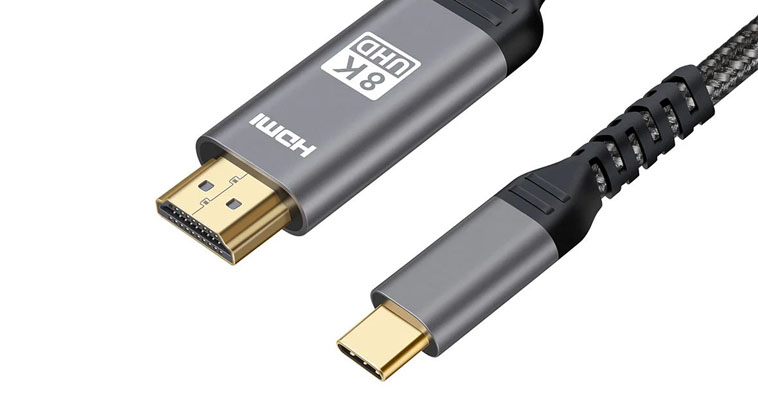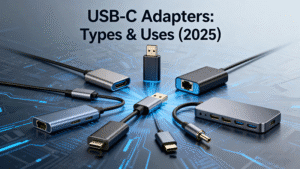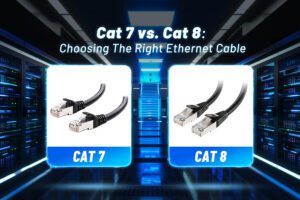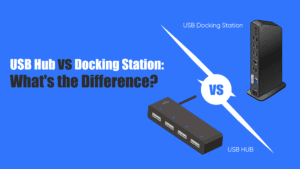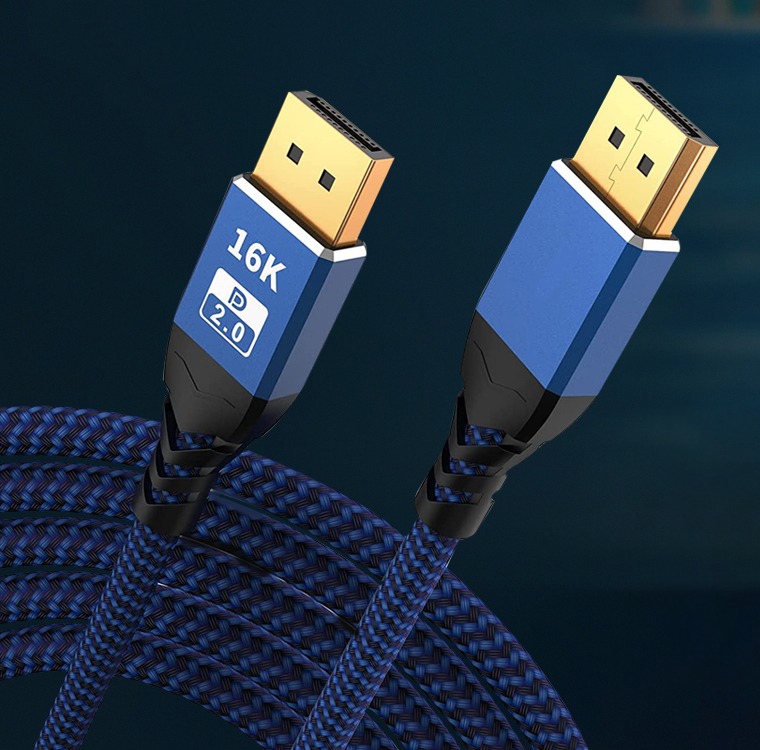1. Introduction
Background
High-Definition Multimedia Interface (HDMI) and Universal Serial Bus Type-C (USB-C) with HDMI Alt Mode are two prevalent standards for transmitting audio and video signals. HDMI has been a staple in consumer electronics for years, while USB-C, with its versatility and compact design, has gained significant traction in recent years.
2. Technical Specifications
Overview of HDMI Technology
HDMI is a digital interface standard developed to transmit high-definition video and audio signals. Since its introduction, HDMI has evolved through several versions, each offering enhanced features and capabilities.
Overview of USB-C Technology and Alt Mode
USB-C is a versatile connector standard that supports various protocols, including USB, DisplayPort, and HDMI through Alt Mode. USB-C with HDMI Alt Mode allows devices to transmit HDMI signals over a USB-C connection, providing greater flexibility and convenience.
3. Data Transfer Rates and Bandwidth
HDMI Versions and Capabilities
- HDMI 1.0 to 1.4: These versions support resolutions up to 4K at 30Hz and audio return channel (ARC).
- HDMI 2.0: Introduced support for 4K at 60Hz, increased bandwidth to 18 Gbps, and added features such as HDR.
- HDMI 2.1: Further increased bandwidth to 48 Gbps, supporting 8K at 60Hz and 4K at 120Hz, along with dynamic HDR and enhanced audio return channel (eARC).
USB-C with HDMI Alt Mode Capabilities
USB-C with HDMI Alt Mode supports HDMI 1.4b, allowing for 4K resolution at 30Hz. The capabilities of USB-C to HDMI connections are generally limited by the HDMI version supported by the Alt Mode.
Comparative Analysis
While HDMI 2.1 offers higher bandwidth and supports higher resolutions and refresh rates, USB-C with HDMI Alt Mode provides greater versatility and convenience with a single connector supporting multiple protocols.
4. Physical and Structural Characteristics
Connector Design
HDMI connectors are available in various types, including Type A (standard), Type C (mini), and Type D (micro). USB-C connectors are compact, reversible, and support multiple protocols.
Cable Design
HDMI cables are designed to maintain signal integrity over various lengths and are available in standard, high-speed, and ultra-high-speed variants. USB-C cables supporting HDMI Alt Mode must meet specific standards to ensure proper signal transmission.
Port Design
HDMI ports are commonly found on TVs, monitors, and AV receivers. USB-C ports are increasingly found on modern laptops, tablets, and smartphones, offering a more compact and versatile solution.
5. Signal Integrity and Quality
Signal Transmission
HDMI uses Transition-Minimized Differential Signaling (TMDS) to transmit high-quality video and audio signals. USB-C with HDMI Alt Mode also uses TMDS for HDMI signal transmission.
Error Detection and Correction
Both HDMI and USB-C with HDMI Alt Mode include error detection and correction mechanisms to maintain signal integrity and ensure high-quality output.
Shielding and Interference
High-quality HDMI and USB-C cables are designed with shielding to protect against electromagnetic interference (EMI) and radio frequency interference (RFI), ensuring reliable signal transmission.
6. Compatibility and Interoperability
HDMI Device Compatibility
HDMI is widely compatible with various consumer electronics, including TVs, monitors, gaming consoles, and AV receivers. It supports backward compatibility with older HDMI versions.
USB-C Device Compatibility
USB-C with HDMI Alt Mode is compatible with devices that support USB-C connections and HDMI Alt Mode. This includes many modern laptops, tablets, and smartphones.
Backward Compatibility
HDMI is backward compatible with previous versions, ensuring older devices can connect to newer HDMI ports. USB-C with HDMI Alt Mode also maintains compatibility with USB-C standards, providing flexibility for users.
7. Power Management and Efficiency
Power Delivery in HDMI
HDMI cables do not provide significant power delivery capabilities, focusing primarily on signal transmission.
Power Delivery in USB-C
USB-C supports power delivery (PD) up to 100W, allowing devices to be powered and charged through the same cable used for data and display connections. This feature reduces cable clutter and simplifies connectivity.
Efficiency Improvements
USB-C’s ability to combine power delivery with data and display connections offers efficiency improvements, particularly for portable devices that benefit from reduced cable requirements.
8. Applications and Use Cases
Consumer Electronics
HDMI widely use in consumer electronics for connecting TVs, monitors, gaming consoles, and AV receivers. USB-C with HDMI Alt Mode is increasingly used in modern laptops, tablets, and smartphones for display connectivity.
Professional and Industrial Applications
In professional and industrial settings, HDMI use for applications requiring high-resolution displays and reliable performance. USB-C with HDMI Alt Mode use for portable devices and applications requiring versatile connectivity.
Emerging Technologies
USB-C with HDMI Alt Mode poise to play a significant role in emerging technologies, such as virtual reality (VR) and augmented reality (AR), where compact and versatile connectivity is essential.
9. Future Trends and Developments
Advancements in HDMI Technology
Future advancements in HDMI technology expecte to focus on increasing bandwidth, improving signal quality, and enhancing support for higher resolutions and refresh rates.
Advancements in USB-C Technology
USB-C technology is likely to see continued improvements in power delivery, data transfer rates, and support for multiple protocols. These advancements will enhance the versatility and performance of USB-C connections.
Market Adoption and Industry Trends
The adoption of USB-C with HDMI Alt Mode expecte to grow, driven by the demand for versatile and compact connectivity solutions. HDMI will continue to be a staple in consumer electronics, with ongoing advancements to support higher performance requirements.


